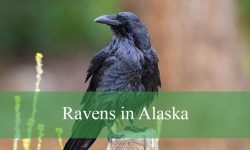Wild rabbits are an integral part of Florida’s diverse wildlife, occupying habitats from dense wetlands to open fields and coastal marshes. They play essential roles in the ecosystem by controlling vegetation, serving as prey for numerous predators, and adding to the state’s natural beauty. While many people are familiar with the common Eastern Cottontail, Florida hosts several rabbit species, each with unique adaptations, behaviors, and habitat preferences. Understanding these rabbits can enhance wildlife observation and help manage habitats responsibly.
Rabbits in Florida are generally elusive, relying on camouflage, quick reflexes, and nocturnal or crepuscular activity patterns to evade predators. They primarily feed on vegetation but show variations in diet, activity patterns, and habitat use depending on the species. This article provides a detailed overview of the four main wild rabbit species in Florida, including identification, behavior, feeding habits, predators, and distribution.
Common Wild Rabbits Found in Florida
Eastern Cottontail (Sylvilagus floridanus)
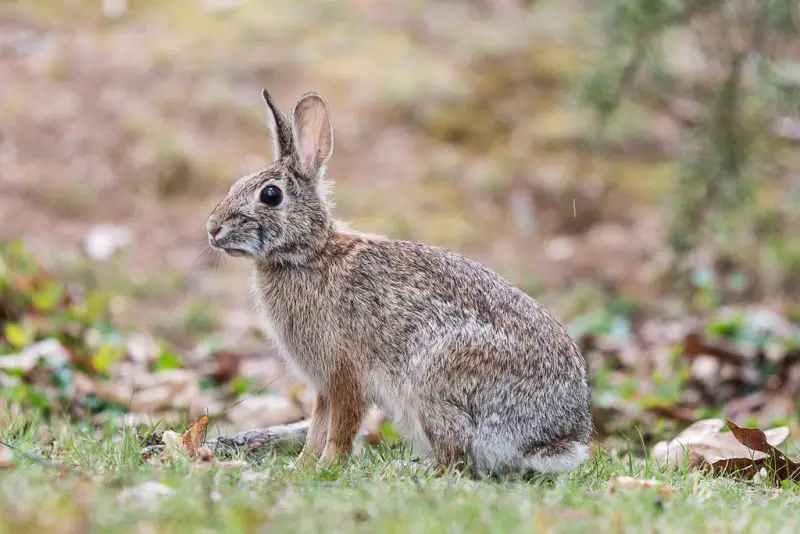
The Eastern Cottontail is the most widespread and commonly encountered rabbit in Florida. It has soft, brownish-gray fur with a slightly reddish tint on the sides and a white underbelly. Its most distinctive feature is the fluffy white tail that resembles a cotton ball, which is often visible when it hops away. The ears are moderately long, standing upright, and tipped with darker fur, while its large eyes give it excellent peripheral vision. Eastern Cottontails are generally easy to identify due to their characteristic size, tail, and behavior.
Adult Eastern Cottontails typically weigh between 2 to 4 pounds and measure around 14 to 18 inches in length. They have strong hind legs that allow them to make quick, zigzag escapes from predators, reaching speeds of up to 18 miles per hour. Their small size and agility make them highly adept at hiding in thick vegetation or burrows, although they do not dig extensive tunnel systems like some other species. Males and females are similar in appearance, though males may be slightly larger.
Behaviorally, Eastern Cottontails are mostly crepuscular, meaning they are most active during dawn and dusk. They feed primarily on grasses, clover, and other herbaceous plants but may also eat bark, buds, and twigs during winter months when vegetation is scarce. They are solitary animals, except during mating season, and rely on keen senses of hearing and smell to detect predators. Predators include hawks, foxes, coyotes, snakes, and domestic cats.
Eastern Cottontails are found throughout Florida, from northern pine forests to suburban areas and open fields. They prefer habitats with dense vegetation for cover and nearby open areas for feeding. Their adaptability allows them to thrive even near human settlements, which sometimes leads to conflicts in gardens and farmland. Despite their abundance, populations fluctuate based on predator activity, weather, and habitat availability.
Swamp Rabbit (Sylvilagus aquaticus)
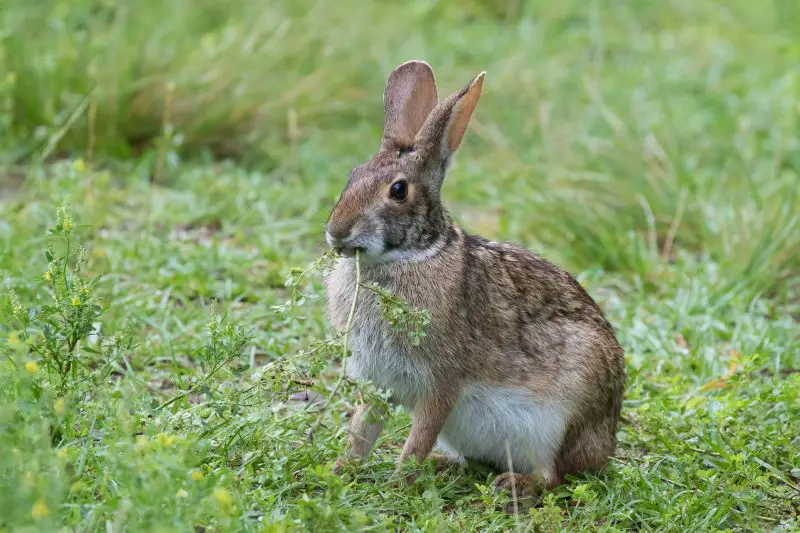
The Swamp Rabbit is a larger, more robust rabbit species native to wetlands and swampy areas of northern Florida. Its fur is coarse, dark brown to blackish on the back, with lighter underparts, helping it blend into marsh vegetation. The ears are shorter relative to its body compared to cottontails, and its tail is darker on top with a white underside. It is often confused with Marsh Rabbits, but Swamp Rabbits are taller, heavier, and have a more elongated body.
Swamp Rabbits typically weigh between 3.5 to 7 pounds and measure 16 to 21 inches in length. Their larger size and powerful limbs enable them to swim effectively, a unique trait among Florida rabbits. They are excellent at navigating flooded areas and can remain submerged to evade predators. This swimming ability allows them to escape terrestrial predators such as bobcats, foxes, and coyotes, giving them a significant survival advantage in wetland habitats.
Swamp Rabbits are generally nocturnal but can be seen feeding during the day in dense cover. They are herbivorous, eating grasses, aquatic plants, and young shoots of shrubs. During winter or dry periods, they may also chew on bark and stems to meet nutritional needs. Like other wild rabbits, they rely on their camouflage and speed to avoid predation, often fleeing into water to escape threats.
In Florida, Swamp Rabbits are primarily distributed in the northern regions, especially in wetlands, river bottoms, and swamp forests. They prefer habitats with dense vegetation for cover and waterways for escape. Because of their wetland specialization, they are less commonly seen in urban areas compared to Eastern Cottontails, but they remain an important part of Florida’s marsh ecosystems, contributing to both predator diets and vegetation control.
Marsh Rabbit (Sylvilagus palustris)
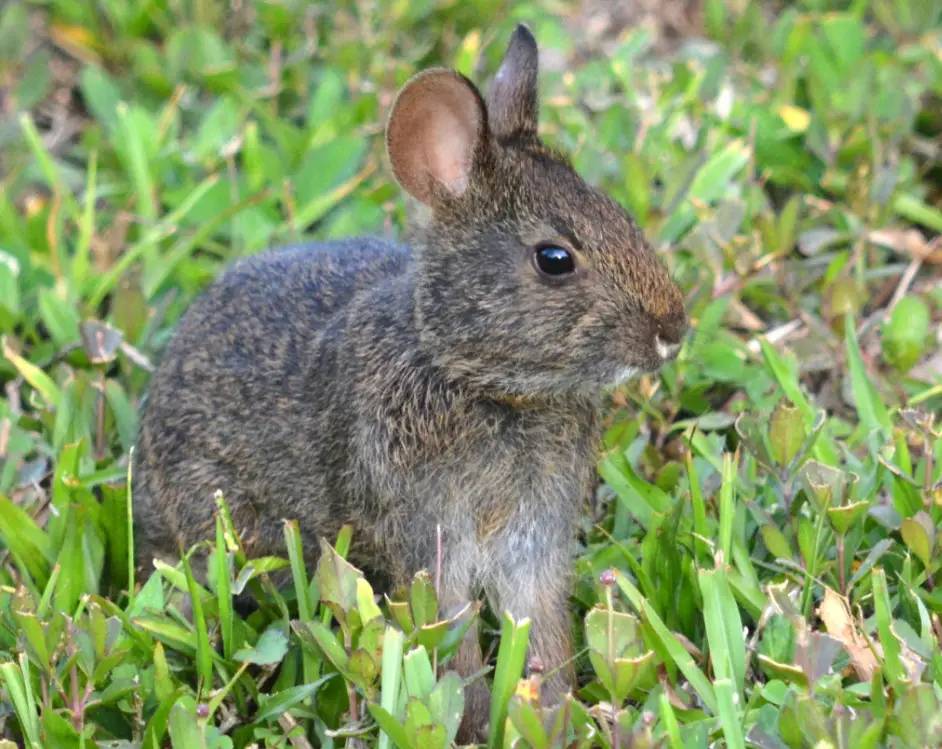
The Marsh Rabbit is a small, dark-colored rabbit adapted to coastal marshes and wet habitats along Florida’s Atlantic and Gulf coasts. Its fur is deep brown to nearly black, with a white underbelly and a small, barely visible white tail. Unlike cottontails, Marsh Rabbits have shorter ears and a more compact body, which helps them move easily through dense marsh grasses. Their dark coloring and small stature make them difficult to spot among reeds and tall grasses.
Adult Marsh Rabbits weigh between 2 to 4 pounds and measure 14 to 17 inches in length. Their legs are shorter than those of the Eastern Cottontail, making them less adapted for long leaps on land but more suited for navigating marshy terrain. They are proficient swimmers, often diving underwater to escape predators like alligators, snakes, and birds of prey. Their small size and elusive behavior make them one of the most secretive rabbit species in Florida.
Marsh Rabbits are primarily nocturnal and spend daylight hours hiding in thick marsh vegetation. They feed on grasses, sedges, and aquatic plants, occasionally consuming bark or twigs during scarce periods. Unlike other rabbits, they may remain partially submerged in water while foraging, using waterways as safe corridors. Predation pressure is high from a variety of sources, including raptors, bobcats, raccoons, and snakes.
In Florida, Marsh Rabbits are distributed along coastal marshes, swamps, and tidal creeks, favoring areas with dense vegetation for concealment. They rarely venture into upland areas and are highly dependent on water-rich habitats. Their presence is crucial for the ecosystem, serving as prey for many marsh predators and helping regulate the growth of wetland vegetation. Sightings are more common at night or near waterways, and they are seldom seen in open fields.
Desert Cottontail (Sylvilagus audubonii)
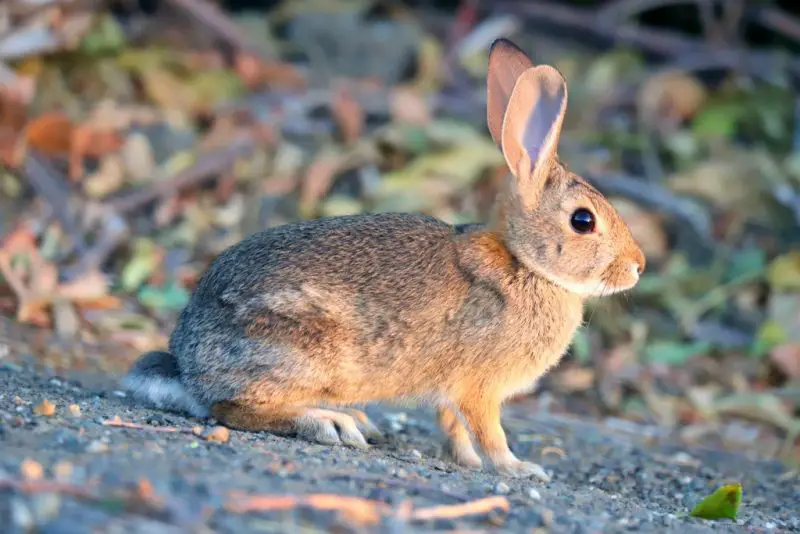
The Desert Cottontail is uncommon in Florida and is primarily found in the panhandle, representing the eastern edge of its usual southwestern range. Its fur is pale brown to gray with a white underbelly and a characteristic fluffy white tail. The ears are long and tipped with black, similar to Eastern Cottontails. Desert Cottontails are larger and leaner than Eastern Cottontails, adapted to open, dry habitats with sparse cover, which makes them easily distinguishable when observed carefully.
Adults generally weigh between 2.5 to 5 pounds and measure 15 to 18 inches in length. They have strong hind legs that allow them to run at high speeds and perform long jumps to evade predators. Their physical adaptations include a lean body for endurance and long ears that aid in thermoregulation in hotter climates, although Florida’s panhandle regions are milder compared to their usual desert habitats.
Behaviorally, Desert Cottontails are mostly crepuscular, foraging during dawn and dusk. Their diet consists of grasses, herbs, and occasionally shrubs, focusing on available vegetation in open landscapes. They are preyed upon by hawks, foxes, coyotes, and snakes. Their behavior relies on speed, alertness, and camouflage to survive in areas with limited cover, often freezing or zigzag running when threatened.
In Florida, Desert Cottontails are rare and restricted to the western panhandle, where open fields, scrublands, and sandy soils mimic their natural arid environment. They are less frequently observed compared to Eastern Cottontails and Marsh Rabbits. Conservation of open habitats in this region helps maintain small populations, and sightings are more likely in less disturbed areas away from urban development.
Best Time and Places to Spot Wild Rabbits in Florida
Wild rabbits in Florida are generally most active during dawn and dusk, making early mornings and late evenings the ideal times for observation. During these hours, they leave the safety of dense cover to forage and move around while remaining alert to predators. Observing them during the middle of the day is less effective, as they typically stay hidden in vegetation or burrows to avoid heat and threats.
The best places to spot wild rabbits are habitats that combine cover and open feeding areas. This includes fields, meadows, grassy edges of forests, wetlands, coastal marshes, and suburban gardens with tall grasses or shrubs. Areas with thick vegetation provide hiding spots, while nearby open spaces allow rabbits to feed safely. Water-adjacent habitats, like marshes or swamps, are especially good for species like Swamp and Marsh Rabbits.
Rabbits are often found near edges of woodlands or along hedgerows where they can quickly escape if threatened. In wetlands or marshy areas, look near dense reeds, mangroves, or cypress forests where Marsh and Swamp Rabbits are likely to travel along waterways. Open fields with scattered vegetation and scrublands are ideal for Eastern and Desert Cottontails.
Seasonal variations affect visibility. Spring and fall are generally the best times to observe rabbits, as mild temperatures and abundant food encourage more active foraging. Summer may limit sightings to dawn and dusk due to heat, while winter can reduce activity, although rabbits still forage in sheltered areas. Keeping quiet and observing from a distance increases the likelihood of spotting these elusive creatures.
Conclusion
Florida is home to a fascinating variety of wild rabbits, each with unique adaptations suited to its preferred habitat. From the common and widespread Eastern Cottontail to the secretive Marsh Rabbit and wetland-specialist Swamp Rabbit, these species contribute significantly to Florida’s ecosystems. Even the rare Desert Cottontail has its niche in the panhandle’s open areas. Understanding these species’ physical characteristics, behaviors, diets, predators, and habitats helps wildlife enthusiasts, conservationists, and residents appreciate Florida’s rich biodiversity. Observing them responsibly supports both rabbit populations and the broader environmental balance.
Wild rabbits are not only a key part of the food chain but also an indicator of habitat health. Whether you are hiking in a pine forest, exploring coastal marshes, or walking through suburban fields, keeping an eye out for these rabbits can provide insight into Florida’s natural world. Their remarkable adaptations—from swimming in marshes to zigzag escapes across open fields—show the resilience and diversity of wildlife in the Sunshine State.
FAQs About Wild Rabbits in Florida
What species of wild rabbits are found in Florida?
Florida hosts several wild rabbit species, including the Eastern Cottontail, Swamp Rabbit, Marsh Rabbit, and Desert Cottontail. Each species has unique characteristics, habitats, and behaviors that allow them to thrive in different parts of the state.
How can I identify the different rabbit species in Florida?
Identification is based on size, fur color, ear length, tail shape, and habitat. Eastern Cottontails are common with brown-gray fur and a fluffy white tail. Swamp Rabbits are larger, dark, and wetland-adapted. Marsh Rabbits are small, dark, and coastal. Desert Cottontails are pale brown, lean, and rare in Florida.
When is the best time to see wild rabbits in Florida?
Wild rabbits are most active during dawn and dusk, which are ideal times for observation. Early mornings and late evenings provide the best opportunity to see them foraging in open areas while still using cover for safety.
Where are wild rabbits most commonly found in Florida?
They are usually found in fields, meadows, forest edges, wetlands, coastal marshes, and suburban gardens. Areas that provide both dense vegetation for cover and open spaces for feeding are ideal habitats for these rabbits.
What do wild rabbits in Florida eat?
Wild rabbits are herbivores, feeding mainly on grasses, clover, herbaceous plants, and leaves. In winter or dry periods, they may also eat twigs, bark, and buds to supplement their diet.
What predators hunt wild rabbits in Florida?
Wild rabbits are preyed upon by hawks, owls, foxes, coyotes, bobcats, snakes, and domestic cats. They rely on camouflage, agility, and nocturnal or crepuscular activity to avoid predators.
Are wild rabbits dangerous to humans?
No, wild rabbits are not dangerous to humans. They are shy and avoid contact, but they can carry ticks or fleas, so it’s best to observe them without touching.
How can I attract wild rabbits for observation?
Creating habitats with dense vegetation, open feeding areas, and access to water increases the likelihood of sightings. Planting grasses or clover in your garden can attract them safely while providing natural cover.
Do all wild rabbits in Florida swim?
Not all, but Swamp Rabbits and Marsh Rabbits are excellent swimmers, using water channels to escape predators. Eastern and Desert Cottontails are less adapted to swimming but may wade shallow waters if necessary.
How can I tell the difference between a Marsh Rabbit and a Swamp Rabbit?
Marsh Rabbits are smaller, darker, and more coastal, with shorter ears. Swamp Rabbits are larger, robust, and found in northern wetlands, often using rivers and flooded areas for escape. Size, ear length, and habitat are key distinguishing features.

